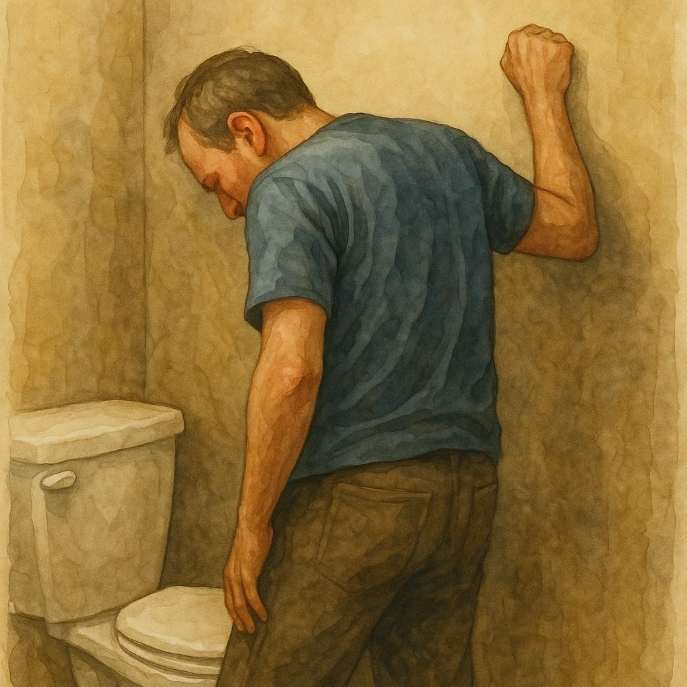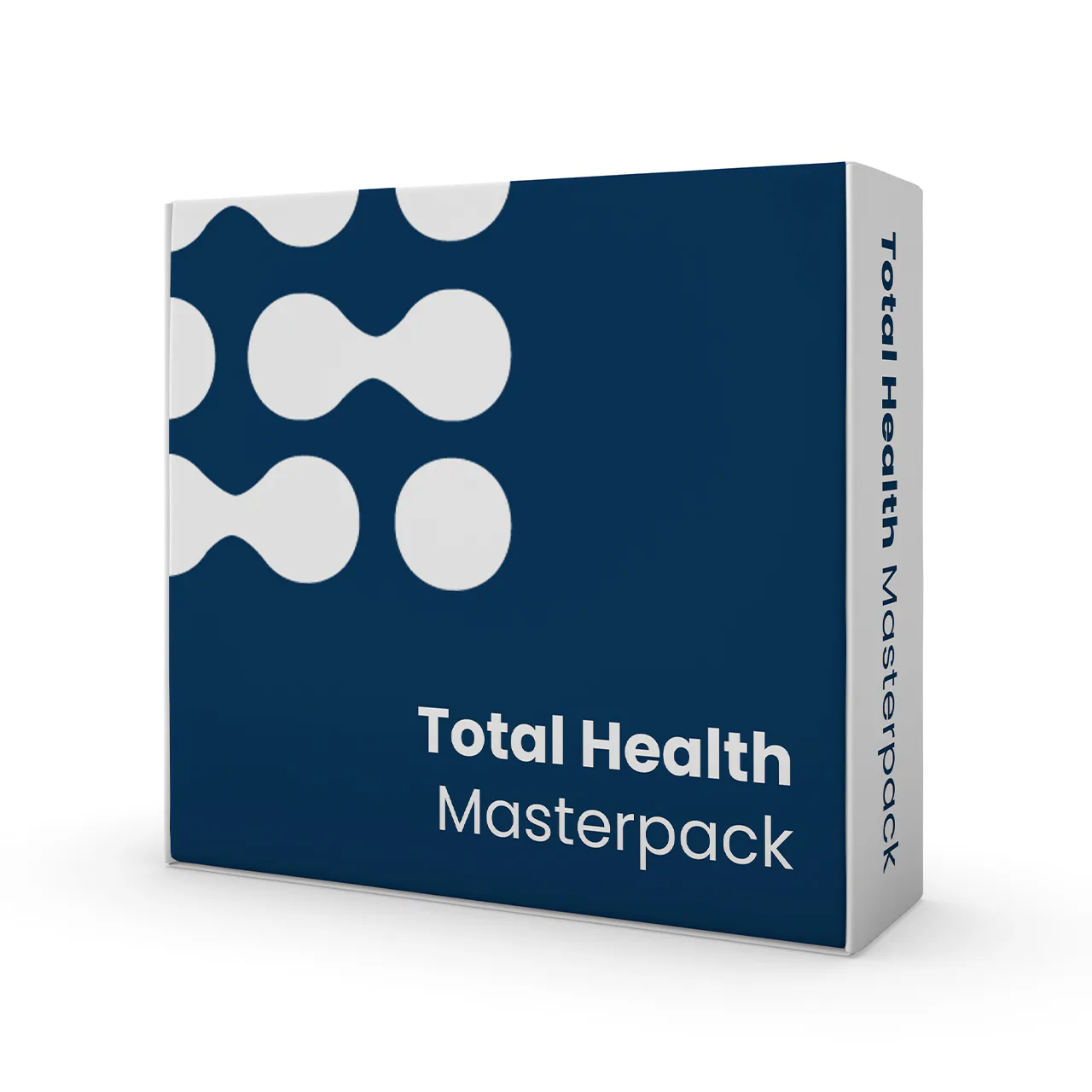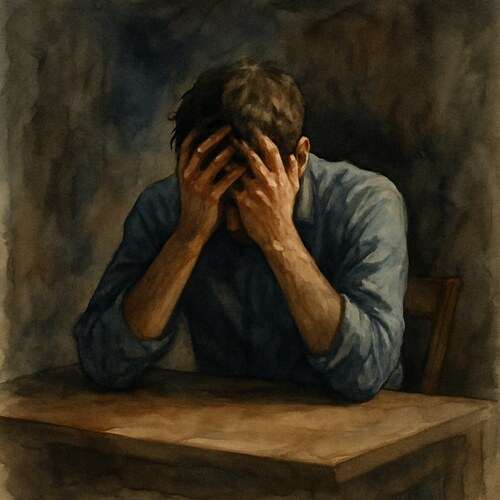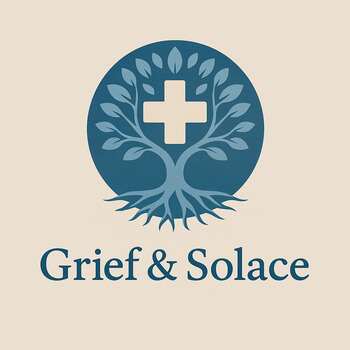Grieving Kidney Disease: When Life Becomes a Waiting Game
Grief with kidney disease is slow and heavy—measured in lab results, dialysis sessions, and the silent prayers for time to stretch just a little longer.

This post blends real grief with grounded knowledge. It isn’t clinical. It isn’t distant. It’s meant to sit beside you—not above you. The story you’ll read is meant to reflect what so many feel when living through or witnessing this condition: confusion, exhaustion, and quiet forms of courage.
If what you read feels familiar, please speak with your doctor. Your pain deserves more than silence.
We Lived by Machines and Prayed for Miracles
We didn’t know at first…
There were no warning signs…no dramatic symptoms, no pain that sent us rushing into the ER. Just fatigue. Some swelling in his ankles. A little shortness of breath after climbing stairs. He attributed it to stress and said he was just tired from work. But his body was already falling behind.
By the time they caught it, his kidneys were functioning at less than thirty percent. Chronic Kidney Disease. A slow betrayal. Quiet. Steady. Irreversible.
🧠 Symptoms:
– Fatigue and weakness
– Nausea and vomiting
– Loss of appetite
– Sleep disturbances
– Urinating more or less than usual
– Muscle cramps
– Shortness of breath (from fluid buildup in lungs)
– Swelling in feet and ankles
– High blood pressure that’s hard to control
– Itchy, dry skin
– Chest pain (from fluid around the heart)
– Decreased mental sharpness
We adjusted, because that’s what you do. We changed the diet, tracked the sodium, and measured water in ounces like it was medicine. We cut back on red meat and learned the potassium content of everything in the fridge. He took pills for his blood pressure, for his calcium, for the anemia that his kidneys no longer managed on their own.
We became experts in numbers: GFR, creatinine, eGFR, and phosphorus. Blood pressure is monitored twice a day, labs every month.
But despite all of it, the slow, careful living, the routines that became prayers in motion—the numbers kept dropping.
When he started dialysis, he joked that he was finally “plugged into the Matrix.” He tried to laugh about it, to stay light.
Complications:
– Fluid retention (swelling, pulmonary edema)
– Hyperkalemia (high potassium, life-threatening)
– Anemia
– Weak bones and fractures
– Heart disease
– Reduced fertility and sexual dysfunction
– Central nervous system damage (seizures, confusion)
– Immune suppression and increased infection risk
– Pericarditis (inflammation of the heart lining)
– Pregnancy complications
– End-stage kidney failure requiring dialysis or transplant
Causes:
– Type 1 or type 2 diabetes
– High blood pressure (hypertension)
– Glomerulonephritis (inflammation of the kidney filters)
– Interstitial nephritis (inflammation of tubules)
– Polycystic kidney disease and other genetic conditions
– Prolonged urinary tract obstruction (e.g., enlarged prostate, kidney stones)
– Recurrent kidney infections (pyelonephritis)
– Vesicoureteral reflux (urine flowing backward into kidneys)
Three days a week, for four hours each session, he was hooked to a machine that cleaned his blood because his own body couldn’t anymore. It exhausted him and took things from him: energy, appetite, time.
We rearranged our life around the dialysis center. Vacations became day trips. Evenings turned into recovery times. And through it all, I watched him wear hope-like armor, not because he wasn’t scared, but because I was, and he didn’t want to show me the cracks.
They put him on the transplant list, another set of numbers, another wait. We celebrated when he moved up a slot and mourned quietly when others moved ahead.
Every beep of the dialysis machine was a metronome, marking the rhythm of survival. We lived by those machines, counted days by treatments, and measured good mornings by how bad the night before had been.
Some nights we prayed for a miracle. Some mornings we simply prayed for stability.
CKD doesn’t just drain the kidneys; it drains conversations, plans, and freedom.
And still…he lived. Not just existed… He lived.
He found humor in the waiting room, held my hand through the low days, smiled when he could, and let me cry when I couldn’t hold it any longer.
We don’t know if the call will come…the one that says a kidney’s ready, the one that changes everything.
But until then, we stay steady. We stay kind. We live by machines, and we love like it’s enough.
He used to measure his life in weekends…now he measures it in treatments, and still somehow finds joy between the sessions.
Risk Factors:
– Diabetes or high blood pressure
– Cardiovascular disease
– Smoking
– Obesity
– Family history of kidney disease
– Abnormal kidney structure
– Older age
– Frequent use of NSAIDs or nephrotoxic medications
– Race (higher risk in Black, Native American, and Asian American populations)
Prevention:
– Control diabetes and blood pressure early
– Avoid overuse of NSAIDs and nephrotoxic drugs
– Stay hydrated but avoid excess fluid
– Get regular kidney function screening if at risk
– Quit smoking and manage weight
📘 Diagnosis & Treatment
Diagnosis:
– Blood tests (creatinine, urea, GFR estimation)
– Urine tests (protein, sediment, abnormalities)
– Imaging (ultrasound, CT) to assess structure
– Kidney biopsy (to identify underlying damage)
– Staging by glomerular filtration rate (GFR)
treatment:
Cause control:
– Manage diabetes, blood pressure, and other root conditions
– Use ACE inhibitors or ARBs to protect kidneys
Symptom Management:
– Diuretics for swelling
– Erythropoietin and iron for anemia
– Statins for cholesterol
– Calcium/vitamin D for bone protection
– Phosphate binders to prevent vessel calcification
– Protein-restricted diet to reduce kidney workload
End Stage Treatment:
– Dialysis (hemodialysis or peritoneal)
– Kidney transplant (living or deceased donor)
– Conservative care (palliative approach without dialysis or transplant)
Lifestyle and Diet:
– Limit sodium and processed foods
– Monitor potassium and phosphorus intake
– Control protein intake as advised
– Exercise regularly and maintain healthy weight
– Stop smoking and limit alcohol
– Manage stress, sleep, and hydration
Coping and Support:
– Join a kidney disease support group
– Maintain daily routine and engage in hobbies
– Talk with a counselor or social worker if overwhelmed
– Involve family in education and lifestyle changes
– Prepare advance care plans if approaching kidney failure
I know this is heavy, and I understand that the road ahead may feel like a tangle of loss and unanswered questions. But please hear this: you are not broken because you are hurting; you are not weak because you are afraid. You are living through something real, and survival itself is a kind of grace. You are allowed to struggle, you are allowed to hope, and you are allowed to not have all the answers today. Whatever comes next, you do not face it empty-handed; you carry every moment of love that shaped you, and that will always be enough to keep going.
🎀 Gifts to help With Kidney Disease
🏥 Everyday Comforts for Everyday Battles
Managing Kidney Disease often means needing a little extra help.
Sometimes it’s about restoring dignity, ease, or simply getting through the day with less pain.
These carefully chosen tools aren’t just items; they’re small bridges back to living.
This section is about finding practical support, never shame.
Fluid Intake Tracking Bottle – Control When Every Ounce Counts
With CKD, water isn’t just hydration, it’s a risk. This fluid-tracking bottle helps manage daily intake with clear markings and time-based pacing, giving patients a simple way to stay within limits without guessing. Lightweight, discreet, and refillable. Because too much can be dangerous, but too little feels just as bad.
🌿 Paths to Healing Beyond the Map
Sometimes traditional medicine isn’t enough.
If you’re exploring gentle, alternative options to help with Kidney Disease,
you might find comfort in plant-based compounds like **CBD or CBG**.
*This section is not medical advice, just a door left open.*
USA Medical Total Support Pack – Gentle Aid for a System That’s Always Filtering
Chronic kidney disease isn’t just about the kidneys. It wears down the immune system, sleep cycles, and emotional reserves. This Total Pack offers CBD, stress relief, and gentle inflammation support to ease the strain across the body. It won’t improve GFR. But it may help the rest of the system carry the weight.
Need a Different Path Forward?
Every journey through grief looks different. Choose the next step that speaks to where you are now:
When You're Ready to Start Healing
Healing doesn’t mean forgetting.
It means finding small ways to carry your grief with strength and grace.
These are the stories, tools, and gentle steps to begin walking forward…at your own pace.
When You're Still in the Thick of It
Sometimes healing feels like a lie.
If you’re not ready to move on…if the pain still roars louder than the world wants to hear…this is the place where you’re allowed to feel it.
No sugarcoating. No pretending. Just truth.
When You're Holding on to Who’s Still Here
Grief reminds us to love louder.
If someone you love is still with you, this is your place to celebrate them, honor them, and create new memories while there’s still time.
Joy and sorrow can live side by side.





